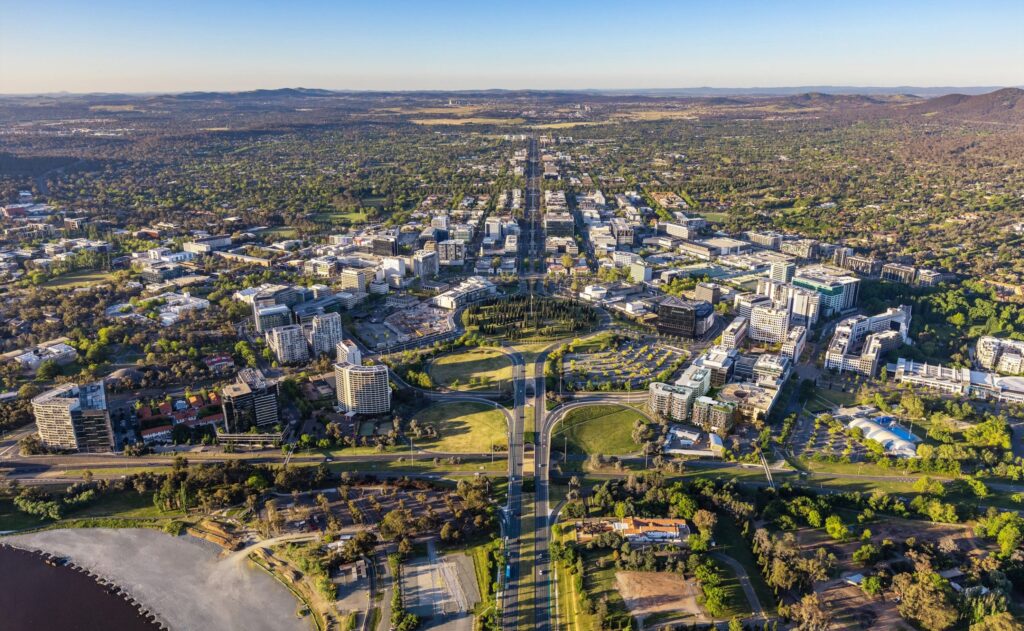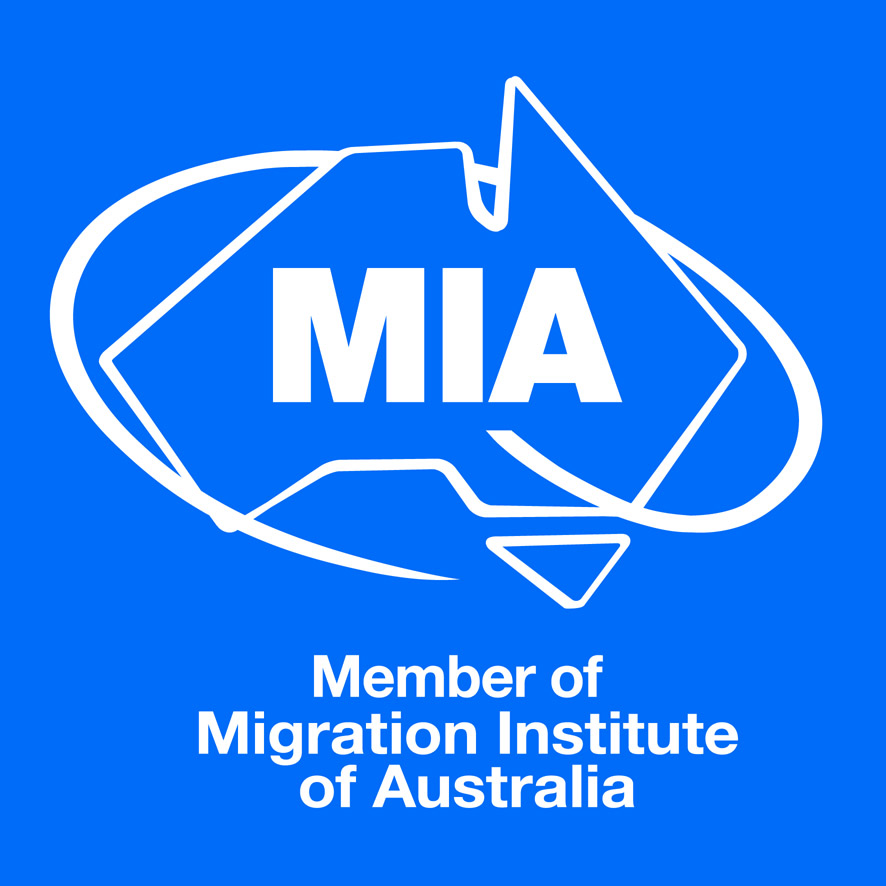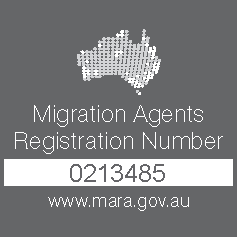Australia is a popular destination for migrants. While migration is great for Australia’s economy, it can place a strain on Australia’s metropolitan areas. Housing shortages, traffic congestion and overburdened infrastructure are all challenges faced by metropolitan areas.
To help alleviate the pressure placed on metropolitan areas due to migration, the Australian Government has encouraged and supported migration to Australia’s regions.
While there are programs in place to promote regional migration, the Australian Government also committed to evaluating regional migration settings as part of its migration strategy which was released in December 2023.
What is considered regional Australia?
Most locations outside of Australia’s major cities of Sydney, Melbourne and Brisbane are considered designated regional areas for migration purposes. While capital cities such as Perth, Adelaide, Canberra and Hobart are indeed cities, when it comes to migration they are considered designated regional areas and as such reap the benefits of regional migration.
Regional migration trends
The Australian Government has steadily increased the number of places allocated to migration planning levels for the regions. In the 2024-25 migration year, 33,000 places were allocated to the regions – an increase of 700 places on the 2023-24 planning levels.
While Sydney, Melbourne and Brisbane remain the top location choices for migrants, the most recent Census data revealed migrants are showing a strong preference for Australia’s regions. Perth, Adelaide and the Gold Coast – all considered regional – are seeing significant increases in migrant populations.
The Department of Home Affairs’ Australian Migration Report 2023-24 [1], reported the following statistics:
- Migrants from India, Nepal and Pakistan accounted for over half of the regional migration places in the 2023-24 migration year
- Among the top 10 nationalities, growth in regional areas was strongest for nationals from India and Pakistan
- The number of nationals migrating to Australia’s regions from the Philippines and Nepal decreased
- Of the regional places allocated to migrants, 42.7% of places went to primary applicants
- The top 3 nominated occupations of primary applicants were accountants, chefs and industrial, mechanical and production engineers

Regional migration options
With pressure on capital cities, the Australian Government encourages regional migration. Programs have been put in place to encourage migrants to consider Australia’s regions when it comes to considering Australia.
There are a number of visa options available under the standard migration program for foreign workers willing to consider living and working in Australia’s regions. The program includes various skilled visas and employer sponsored visas.
To further support regional migration, the Australian Government introduced a number of Designated Area Migration Agreements (DAMA).
A Designated Area Migration Agreement is a formal agreement between the Australian Government’s Department of Home Affairs (DHA) and a regional, state or territory authority. It provides access to more overseas workers than the standard skilled migration program and provides flexibility for regions to address their unique economic and labour market conditions.
DAMAs are generally in effect for five years and use the following visa programs:
- Subclass 482 Skills in Demand Visa (SID)
- Subclass 494 Skilled Employer Sponsored Regional (Provisional)
- Subclass 186 Employer Nominated Scheme (ENS)
There are currently 13 DAMAs in effect that cover Victoria, New South Wales, South Australia, the Northern Territory and Western Australia. To learn more about Designated Area Agreements visit the Department of Home Affairs website.
Migrating to Australia’s regions can be a desirable option for migrants. It offers many lifestyle benefits, affordable cost of living, work/life balance and potential pathways to permanent residence.
To learn more about regional migration or any other aspect of migration, contact the team of registered migration agents at Visa Solutions Australia. Book a consultation.
Sources
[1] Immigration and Citizenship, Australian Government – Australian Migration Report 2023-24







